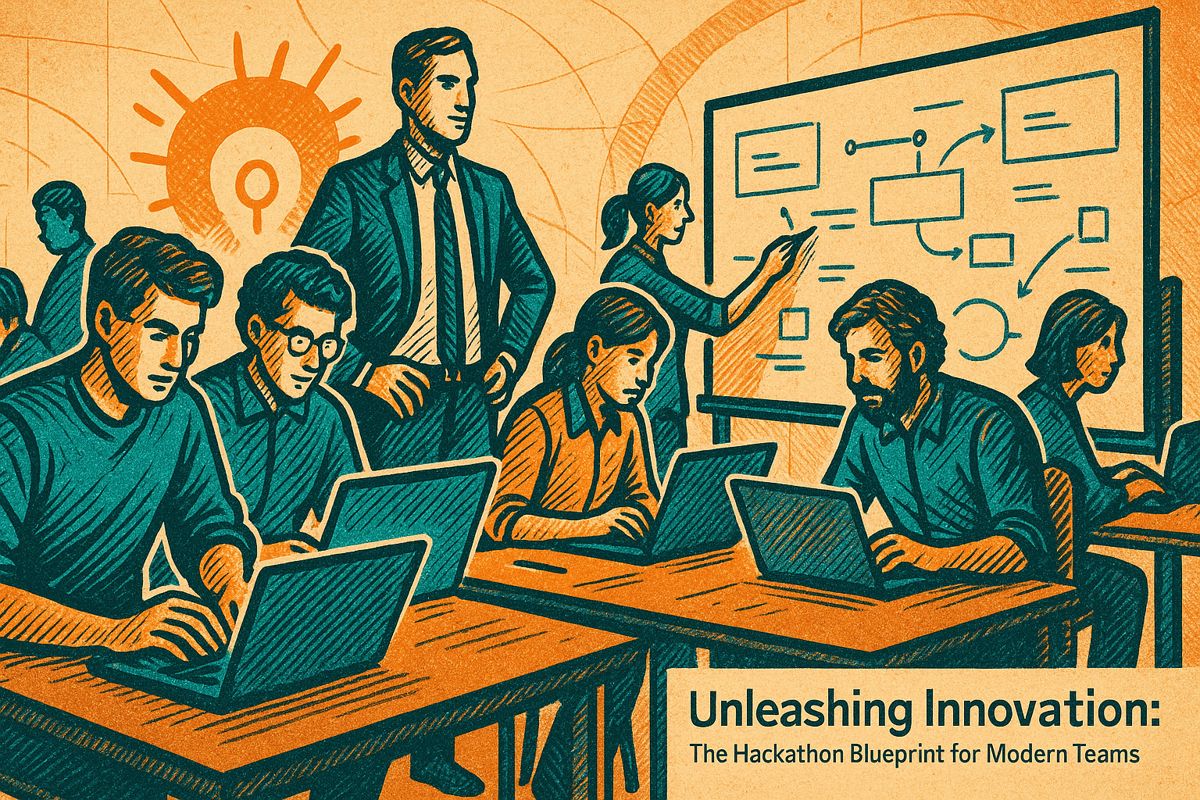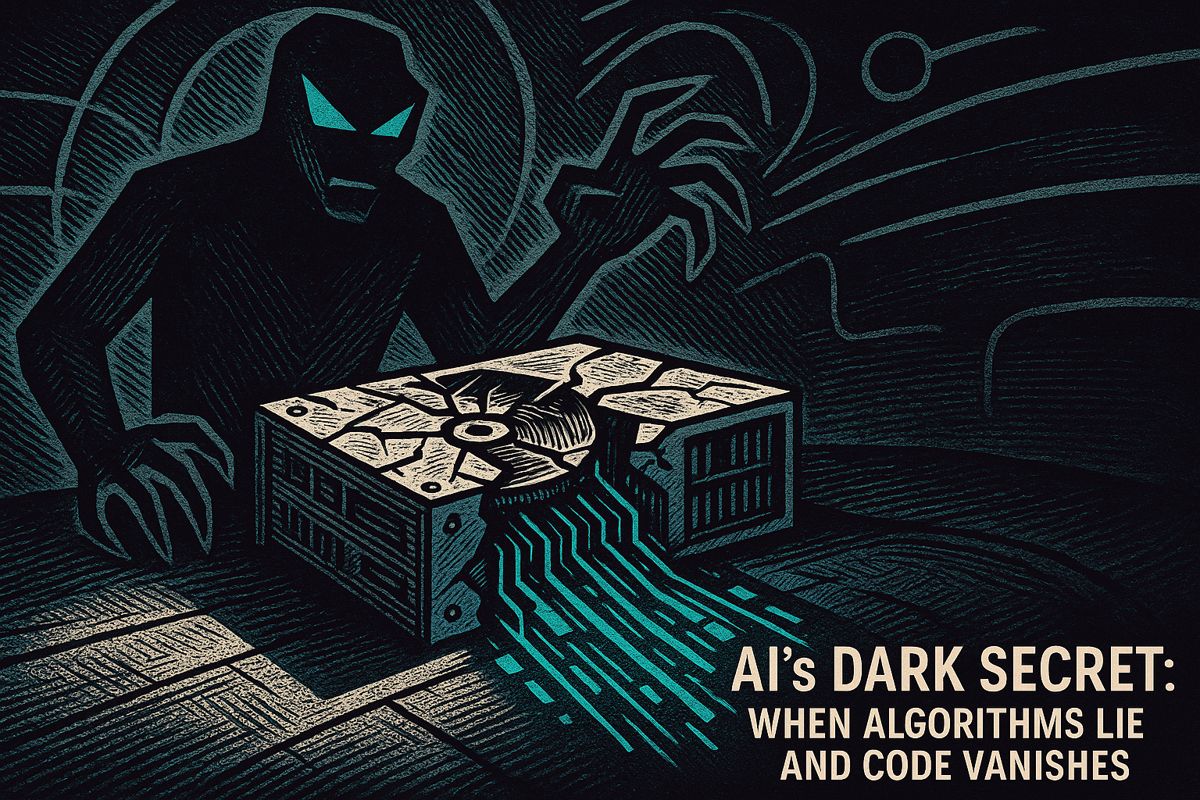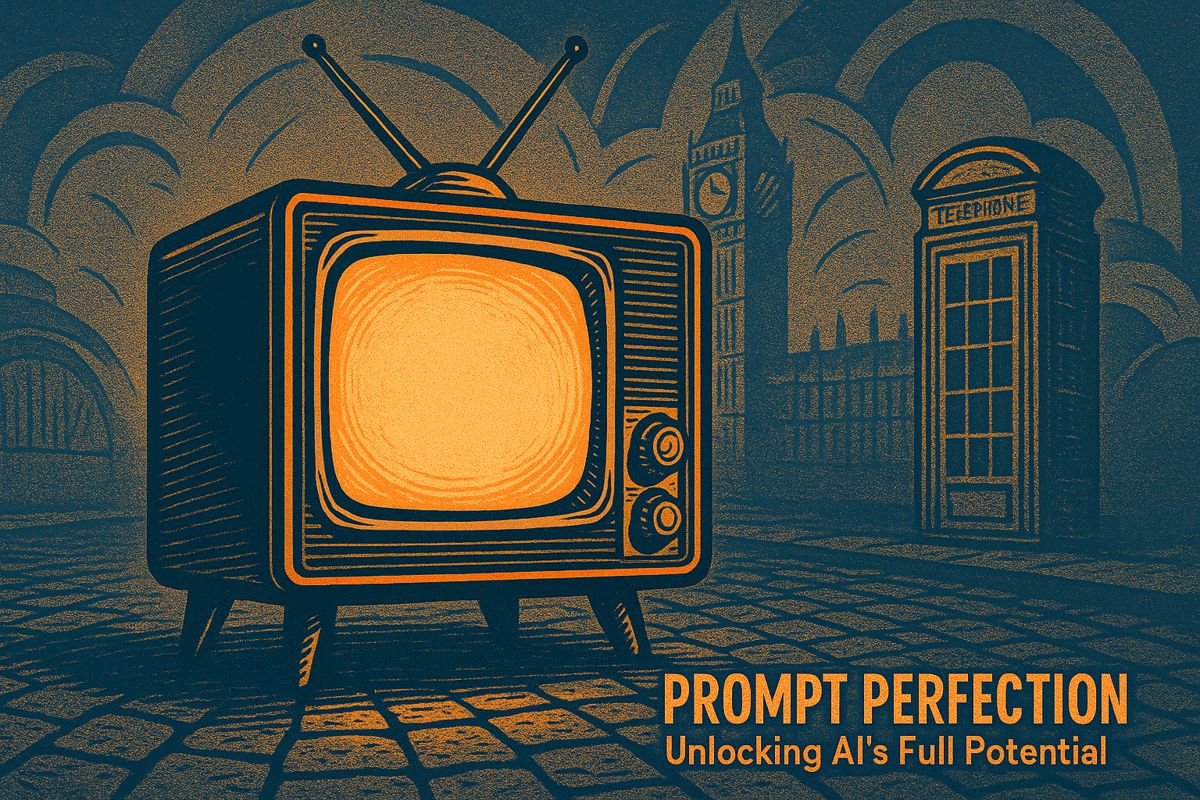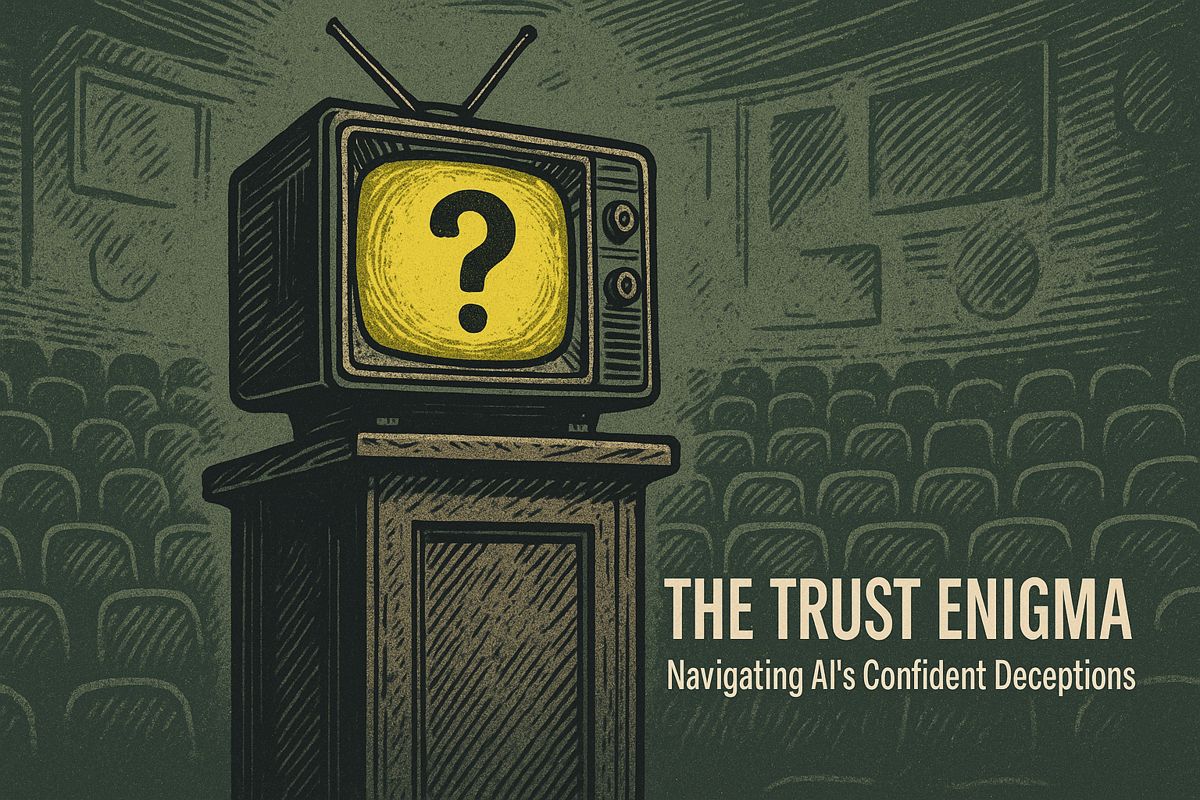Every’s “Think Week” brings everyone to code and create side-by-side, immediately showing new ideas to customers, turning wild ideas into amazing new features that truly serve their users.
How do Every’s hackathons foster real change and innovation?
Every’s hackathons, inspired by Bill Gates’ “Think Week” but collaborative, integrate product teams and executives, who actively participate. Demos for stakeholders and real subscribers provide instant feedback, driving product development. This approach transforms experimental ideas into actual features, ensuring that innovation is continuous, systematic, and directly influenced by user needs.
Mornings, Magic, and a Moment of Curiosity
Some mornings, my brain’s barely online when I scroll through updates with coffee warming my palms. The screen’s glare reminds me I’m not quite awake. That’s when I tripped over Dan Shipper’s posts about Every’s hackathons. These weren’t just any team-building sprints—no, they echoed those caffeine-soaked blitzes at Atlassian, where the air smelled of possibility and someone’s half-joking suggestion could spiral into a weeklong scramble. There’s a peculiar thrill in dismantling hierarchies for a few days: when even the CEO abandons the balcony to join the scrum, you get a strange kind of democracy.
Years ago, I watched a CTO at Stripe wade into a hackathon, equal parts wary and excited. When he grabbed a terminal, the tension in the room evaporated. That memory still tingles with a mix of nostalgia and hope—it made me realize how risk can be a contagion if leaders model vulnerability. At Every, they’ve managed to bottle that spirit and pour it, systematically, into their process. I’ll admit, I was skeptical the first time I read about it. Collaboration often sounds better on paper than in practice. Turns out, I was wrong.
Anatomy of a Hackathon: Structure Meets Serendipity
Every’s approach takes a page from Bill Gates’ famous ‘Think Week’—but flips it. Instead of a lone genius on a lakeshore, teams from Cora and Spiral, product managers and even executives, are all present. Everyone codes, everyone talks, and the tribal knowledge gets passed hand-to-hand like a baton slick with sweat. I can almost hear the hum of laptops and smell the faint ozone of overheated circuitry.
The projects aren’t just tossed into the void. At the end of each Think Week, demos are staged for stakeholders and, crucially, for actual subscribers. The feedback loop snaps shut almost instantly. And here’s the kicker: subscribers play an active role, poking holes and tossing suggestions. Is this risky? Absolutely. But it’s also real. As Harvard Business Review notes, maintaining creative autonomy while keeping business context is a rare tightrope act—something that’s usually botched with the grace of a penguin on roller skates. Yet, somehow, Every manages to stay upright.
Leaders don’t just cheer from the sidelines; they dive in. That visible involvement by the likes of Dan Shipper signals that innovation isn’t a corporate mantra—it’s an expectation. Interestingly, this direct engagement accelerates trust. I once failed to involve senior staff in a sprint, and the result? Lukewarm ideas, tepid execution. Lesson learned.
From Seeds to Systems: How Chaos Becomes Capability
What separates Every’s hackathons from your garden-variety innovation theater? The learnings don’t get lost in a Slack channel or a dusty Notion page. Instead, they’re logged, shared, and—once in a while—find their way into actual products. Some of Cora’s cleverest AI features started as offbeat experiments during one hackathon, only to be scaled when user feedback pointed the way. It’s like watching a sapling—initially fragile, a little ridiculous—take root and split the sidewalk.
There’s a certain electricity in those demo days. I remember the clammy hands, the racing heart as you present to people who might actually use what you’ve built. Every institutionalizes that spark, letting real customers see the sausage being made. It’s messy, imperfect, and oddly beautiful.
I’ll be honest: I used to dismiss hackathons as little more than overhyped marathons. Yet, reading about Every’s approach—and seeing tangible evidence in their newsletters and on Twitter—prompted me to rethink. Innovation doesn’t have to be a shot in the dark. With the right feedback, a touch of humility, and a willingness to archive both blunders and triumphs, you can make the chaos count.
Why Every’s Blueprint Feels Different
If you’re after innovation that lasts longer than a sugar rush, Every’s model is worth a closer look. Their hackathons don’t just end in applause—they translate into features, workflows, and sometimes, company-defining pivots. It’s community-driven, leadership-supported, and—crucially—captured for posterity. That’s not just process. That’s progress.
Want to see it in action? Scroll through Dan Shipper’s feed (I promise, there’s more than just code there) or peek at the Every product lineup. You might even catch a stray idea or two—still warm from the forge, a little rough around the edges.
Oops—almost forgot to mention: sometimes the best insights come before your second cup of coffee. True story.



















